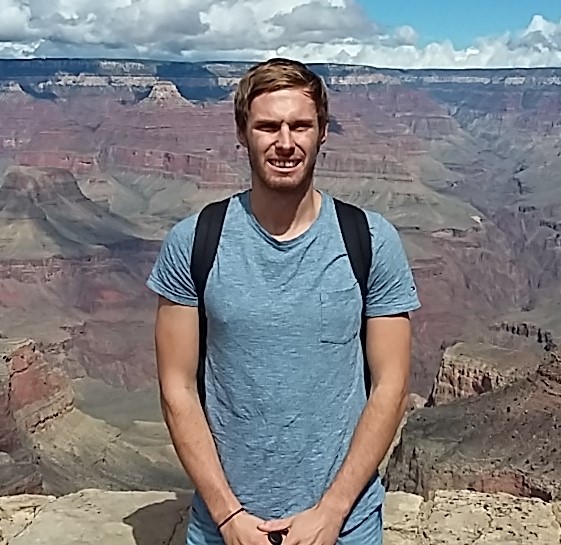My Research
Sparse regularization methods in ultrasound imaging


Ultrasound imaging is the most-used medical imaging modality thanks to its non-invasiveness and real-time capability. In terms of acoustic wave propagation, ultrasound imaging poses an inverse problem which relates the Radio-Frequency image (desired image) and the backscattered echoes (the measurements). Current imaging methods are based on a well-known algorithm called Delay-and-sum (DAS). The major advantage of DAS is that it is fast and highly parallelizable. Its main drawback is that it is an inaccurate solution of the inverse problem which leads to low-quality images. During my PhD, I have developed an alternative of DAS. The technique formulates the measurement model of the propagation and relies on prior sparsity constraints for forming high-quality images.
The approach is used for two main purposes:
- Image quality enhancement: The method leads to a dramatic increase of the image contrast compared to classical DAS.
- Compressed beamforming: The method is compatible with the compressed-sensing framework and can be used to reconstruct high quality images under few noisy measurements.
Through-the-skull ultrasound imaging


Automatically compensating for skull aberrations is a severely ill-posed problem. As a solution, we propose to use an automatic pre-calibration stage, leveraging the safe injection of a low concentration of contrast microbubbles in the brain vessels. Due to their very high echogenicity, microbubbles in such a sparse distribution can be imaged individually with contrast-specific pulse sequences, resulting in correspondingly sparse images, displaying the moving microbubbles. Therefore, it is possible to use CS techniques to reconstruct the images and, simultaneously, comprehend the precise amount of aberration the skull is causing point-by-point. This process is akin to autofocusing. LTS5 proposes a novel approach to reach this goal, by combining the most recent advances in CS theory with a detailed understanding of the beam distortion as US waves propagate through a heterogeneous medium. The goal is to have a fully automatic system for US through the skull or through other heterogeneous parts of the body. In operation, after a quick and simple calibration step involving microbubble injection, the system will be fully functional, either for conventional US imaging or therapy purposes, without the need for further injection of microbubbles.
Deep-learning and compressed sensing
Compressed sensing framework implies the use of iterative algorithms to solve the inverse problem posed by the signal acquisition. While such algorithms converge to a global minima due to the convexity of the problem, it usually takes a substantial amount of iterations (thus time) to get a descent solution. Deep-learning methods are becoming extremely popular nowadays due to their ability to perform a various of tasks such as object recognition and classification, text generation, image colorization etc. Recently, a mew trend has emerged where convex optimization algorithms are mapped onto a deep neural networks. In such an implementation, one iteration of the optimization algorithm corresponds to one layer of the network. This allows for the use of backpropagation algorithms in order to learn hyper-parameters of the algorithm, leading to drastic decrease of the number of iterations required to reach a given quality level. At LTS5, we are working on developing deep-neural network applied to compressed sensing. Currently, we are focusing on implementing a deep-neural network mimicking Fast-Iterative thredsholding algorithm (FISTA). Our long-term objective is to apply such an approach to ultrasound image reconstruction.
